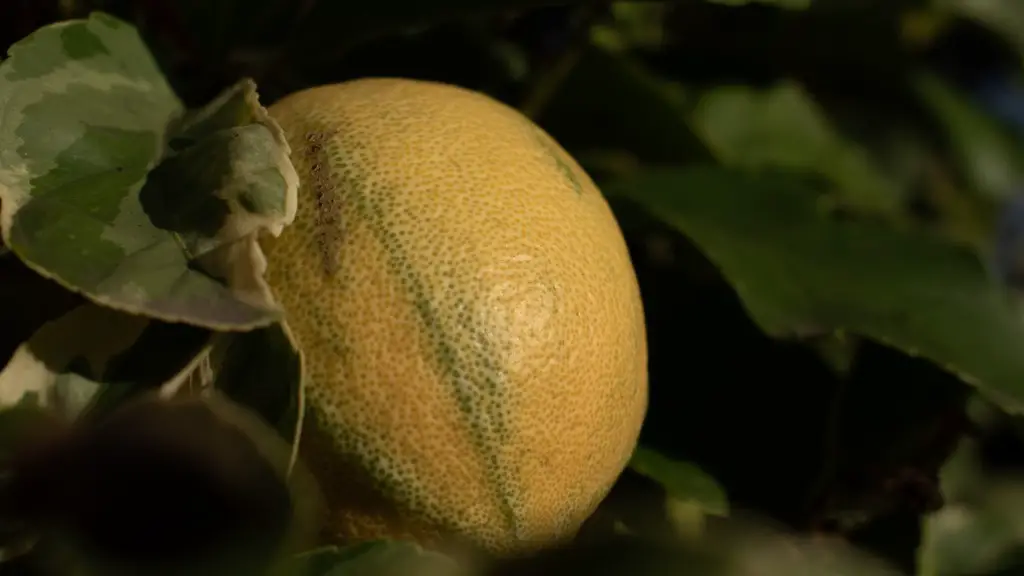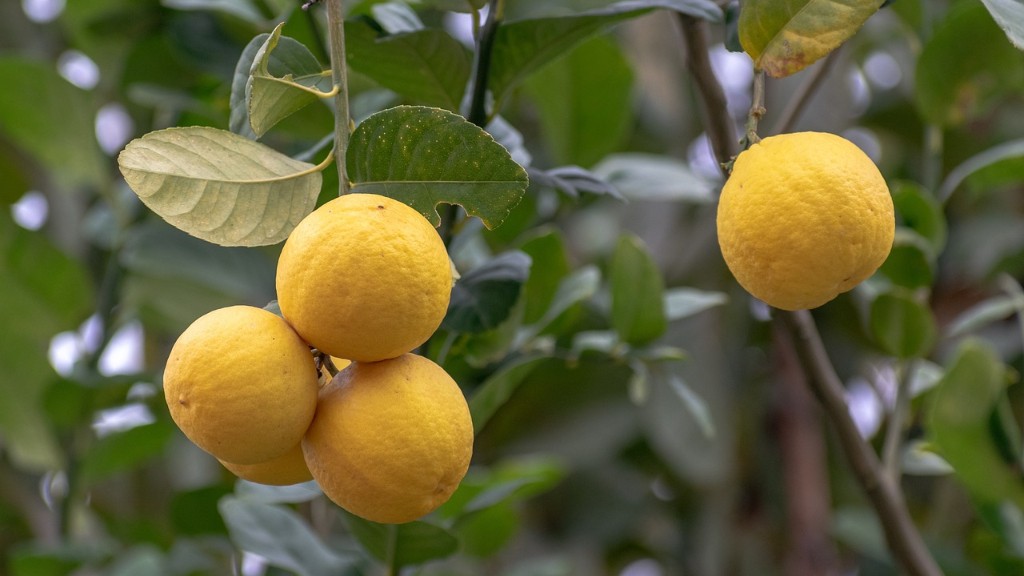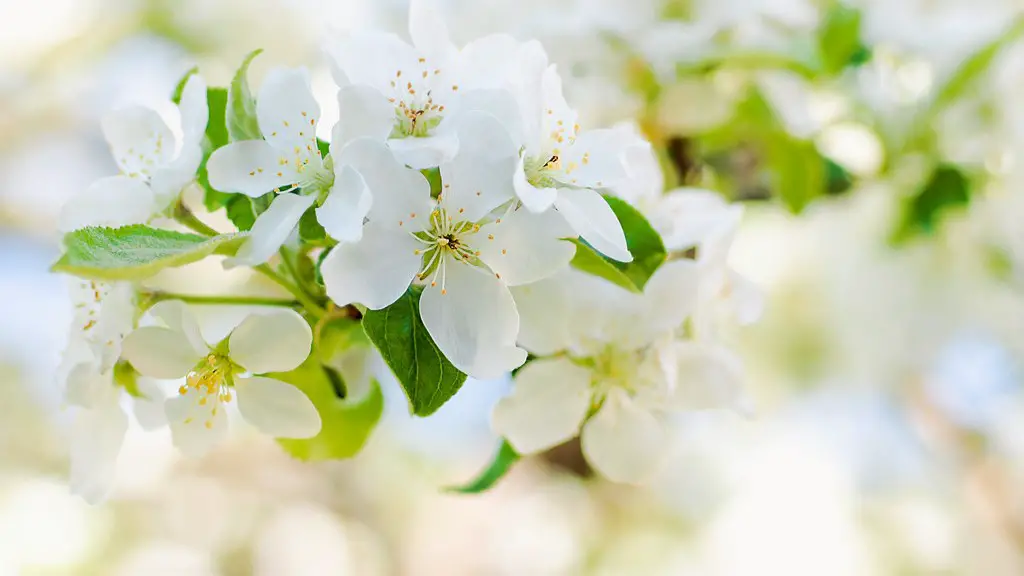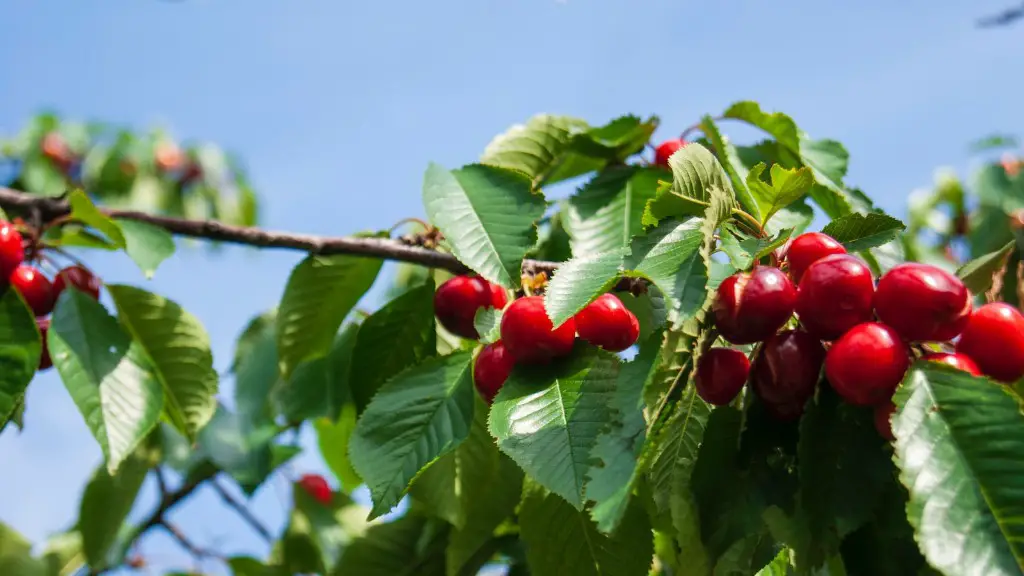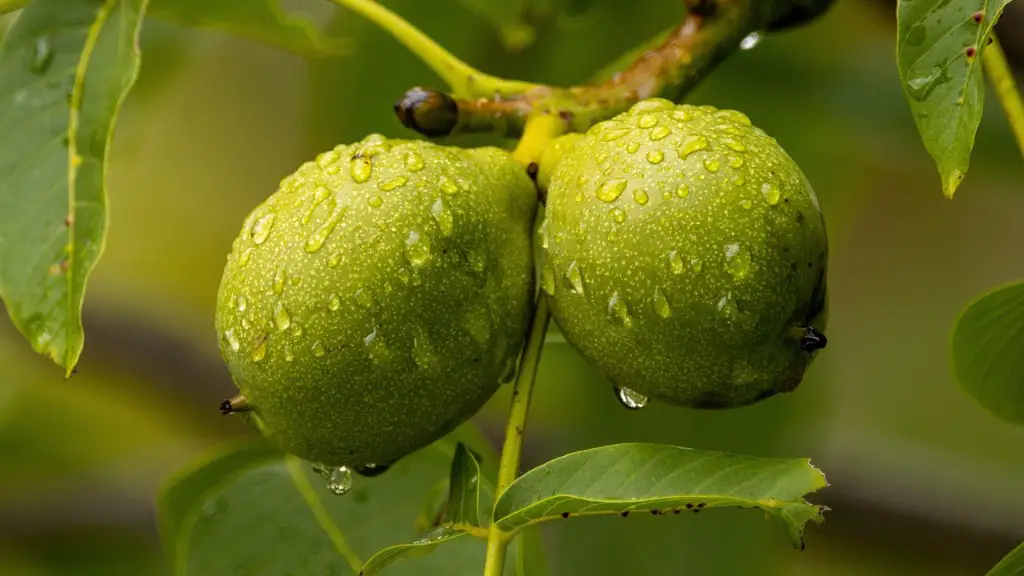Thinning out a lemon tree is an important part of its overall care. If done correctly it can ensure that the tree produces good quality fruit, and is less likely to become infested with pests or disease. Here are some tips on how to properly thin out a lemon tree:
1. Check the overall health of the tree before attempting to thin it. Look for signs of disease or pests, and if found, treat these issues before the thinning process begins. Also, check for any dead or damaged branches.
2. Prune out any branches that are dead, diseased, or damaged. Doing this will help to prevent the spread of the disease or pest to other areas of the tree.
3. Cut away any lemon fruits that are too close together. Over-crowding can lead to the fruits not reaching their full size, or having an off-flavor due to the competition for resources.
4. Ensure that there is adequate air circulation around the tree by cutting away any branches that are rubbing together, or popping up in the center of the tree. This will help to improve growth and fruit quality.
5. Be sure to use the correct cutting tool and technique when thinning the lemon tree. This will help to prevent any unnecessary damage to the tree.
6. Water the tree after any thinning has been done. This will help to reduce any stress that has been inflicted on the tree due to the pruning.
7. Monitor the tree for any signs of stress or pests after the thinning process. If the tree is showing signs of decline, it may need additional attention.
What Tools to Use
When thinning out a lemon tree, it is important to use the right tools for the job. Generally speaking, a pair of pruning shears is the best tool for thinning out branches. If possible, it’s a good idea to buy a pair of sharp shears as dull ones can cause damage to the tree. If you don’t have access to shears, a small saw can also be used.
It’s also important to use the correct technique when pruning a tree. This includes making sure you are cutting at the appropriate angle, and making sure that you are cutting all the way through the branch. If possible, it’s best to make a clean cut, as this will help to minimize any traumatic damage to the tree.
Finally, it is important to sterilize the cutting tool before and after use. This will help to prevent any diseases or pests from spreading throughout the tree.
Signs of Thinning
When thinning a lemon tree, it’s important to pay attention to the signs that the tree is showing. If the tree is showing signs of stress such as drooping leaves or yellowing foliage, then the thinning process is likely too aggressive and needs to be stopped. On the other hand, if the leaves of the tree look healthy and the branch structure appears balanced, then the thinning process is likely successful.
It is also important to make sure that the thinning process is not done too often. If the tree is thinned every year or so, then it may have difficulty producing fruit due to the removal of too much foliage. On the other hand, if the thinning process is done every 3-4 years or so, then the tree should have plenty of time to grow and produce fruit.
Finally, it is important to monitor the tree for pest or disease problems after thinning. Pests and diseases can spread quickly and can cause significant damage to the tree if not caught and treated in time.
What to Do After Thinning
Once a lemon tree has been thinned, it is important to provide it with the right care to ensure that it stays healthy and productive. After thinning, it is important to water the tree deeply right away. This will help to reduce any shock that the tree may have experienced.
It’s also important to make sure the tree is getting the nutrients it needs from fertilizers and organic matter. Applying fertilizers in the spring and fall can help to keep the tree growing strong and producing plenty of fruit. It’s also a good idea to add organic matter to the soil every now and then to help feed the roots of the tree.
Finally, it’s important to pay attention to any signs of pests or disease that the tree may be showing. If signs of a problem are found, then it’s important to take action and treat the tree as soon as possible. Left unaddressed, pests and diseases can spread quickly and cause a great deal of damage.
How Many Times to Thin a Year
The frequency of thinning a lemon tree depends on the age, health, and size of the tree. Generally speaking, a young tree should be thinned annually, while older and larger trees can be thinned every 2-3 years. Thinning more often than this can lead to too much foliage being removed, which can result in poor quality fruit and reduced productivity.
It’s also important to keep in mind the season when thinning a tree. Generally speaking, it’s best to thin a lemon tree in late winter or early spring before the buds have opened up. This ensures that the tree does not get too stressed and will have plenty of time to heal before the growing season begins.
Finally, it’s important to remember that thinning is only one part of a tree’s care. Aside from thinning, it’s important to water, fertilize, prune, and treat the tree for pests and diseases. Doing all of these things can help to ensure that the tree is healthy and productive.
Conclusion
In conclusion, thinning a lemon tree is an important step in its overall care. It is important to use the right technique and tools, and to pay attention to the signs that the tree is showing. Done correctly, thinning can help to ensure that the tree is healthy and productive. However, it is important to keep in mind that thinning is only one part of a tree’s care and should be supplemented with watering, fertilizing, pruning, and treating for pests and diseases.
